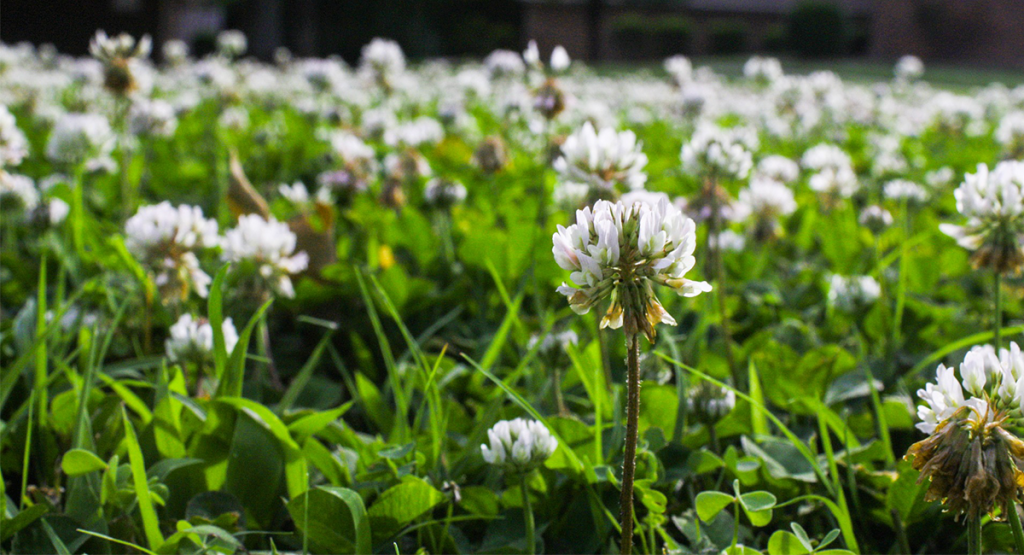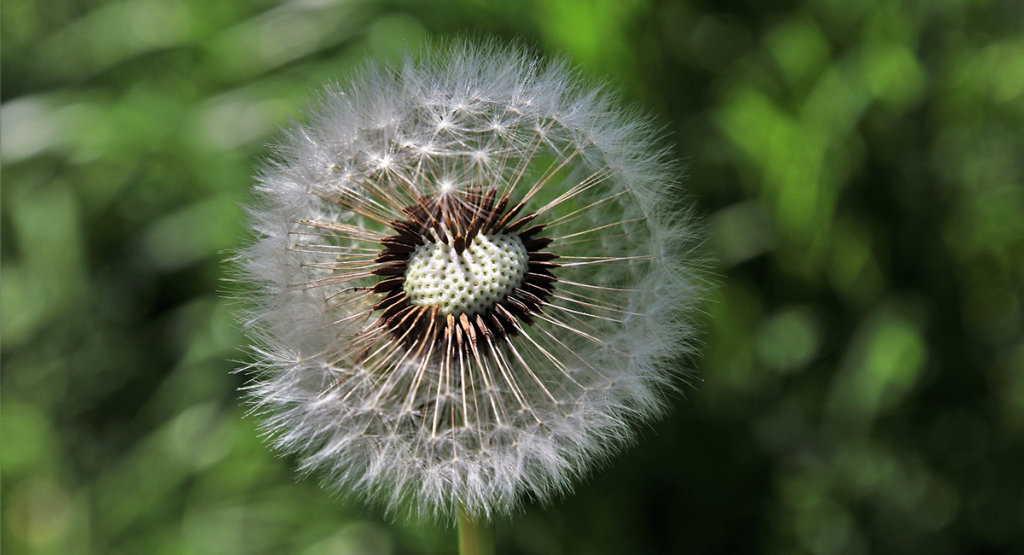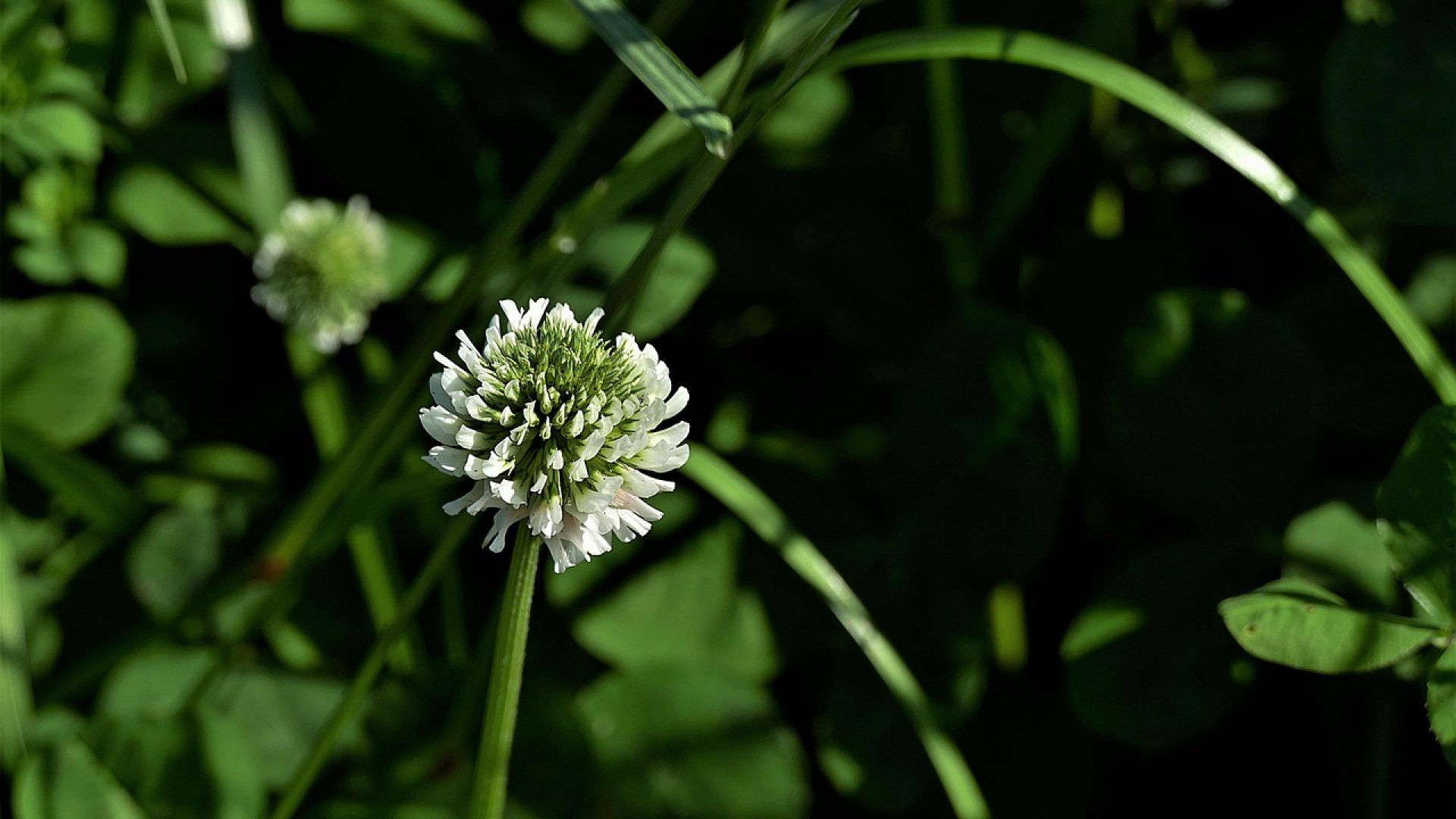By Teri Silver

When spring becomes summer, untreated grass becomes a haven for weeds. There’s really no getting around it unless you’re diligent with treatments. Cool-season and warm-season grasses are susceptible, especially in the dry summer heat. When planning home and yard maintenance projects, it’s helpful to know what to look for and how to remedy the problem.
Cool-season and Warm-season Grasses
Identifying weeds in the yard starts with the grass itself. Cool-season grass grows in areas where average temperatures are between 60 and 75 degrees Fahrenheit in the spring, summer, and fall. Cool-season varieties – Kentucky bluegrass, fescues, and perennial ryegrass are suitable for properties within sections 1 to 7 of the U.S.D.A. Plant Hardiness Zones. Turf for warmer regions of the United States, in zones 8 to 13. They include Bahiagrass, Bermudagrass, centipedegrass; St. Augustine; and Zoysiagrass. These tropical varieties grow in average temperatures between 75 and 90 degrees F.
Common Weeds

Some weeds are easier to spot than others that tend to blend into the lawn. They include:
- White clover – Sometimes spurring yellow or reddish flowers. Most common in spring and early summer. Each stem has three leaves but they grow together and spread over the lawn.
- Henbit – This winter annual blooms in spring with purple tubular flowers and a minty scent. Henbit thrives in newly seeded areas or lawns that have entered dormancy because of drought.
- Dandelion – The bright yellow petals wouldn’t be so bad if they didn’t turn into puffy seed balls. Dandelions germinate in autumn but appear in spring as soon as the temperature warms up.
- Dallisgrass – Grows in large clusters, preferring clay or sandy soil.
- Chickweed – This lime-green plant has small leaves, thin stems, and white flowers. Common chickweed germinates in fall.
- Broadleaf Plantain – A thick, spiny stalk with oval leaves; it contains seeds that are pollinated by the wind.
- Spurge – with round flat stems covered in ultra-thin hairs. This weed turns red in the sun as it thrives during the summer.
- Black Medic – Like chickweed or clover, it produces small yellow flowers on stems up to two feet long. These weeds let out thousands of seeds that can survive for years.
- Bull Thistle – With bright pink flowers and an appearance that resembles dandelions, these thistles can grow up to six feet tall. The plant blooms between June and September.
- Crabgrass – Light-green with spiky stems, it germinates within five to 10 days when the soil is at 55 to 60 degrees. Pre-emergent herbicides help to control germination and prevent it from sprouting through turf.
- Nutsedge – This plant has single lime-green or yellow stalks with three blades, and it grows fast. With roots that tunnel through the soil in a tubular fashion, treatment can be rather difficult to apply. While you may only see it in certain areas, it’s growing and spreading underneath the sod.
Weed Control
Pre-emergent and post-emergent herbicides are specifically formulated for particular weeds.
You should apply pre-emergent products before the seeds begin to germinate. They typically control annual grasses (like crabgrass) and go directly into the soil. You need to water right after applying pre-emergent products, and you shouldn’t overseed those areas.
Post-emergent weed-killers control weeds when foliage is directly targeted by the chemicals. Herbicides must be soaked into the plants for chemicals to spread down to root systems. When using post-emergents, do not water the grass. Doing so will wash the chemicals off the weed’s leaves. Wait until there’s no rain in the forecast and another few days before you mow. The best time to treat for ground cover weeds is in the fall and spring. Additionally, consider weed and feed’ options, which combine post-emergent weed killer with grass fertilizer.
Your best defense against all weeds is a lush, green well-mowed lawn. Weeds often look for bare or weak spots. When you do spot a weed, pull it from the roots and dispose of it before it has a chance to spread or sprout seeds.
Teri Silver is a journalist and outdoor enthusiast who grows her own vegetables and spends her weekends mowing and weeding her 5-acre lawn.




